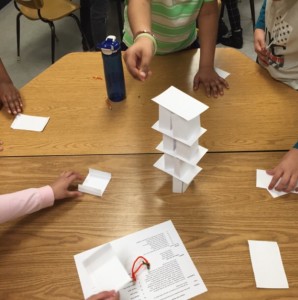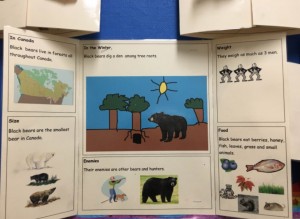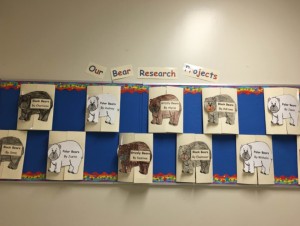I left the first session wondering how we could add one more task to our already overflowing plates. I was discouraged and frustrated and I chose to deal with these feelings by ignoring the task. As our follow-up session neared I knew that I would have to submit a blog post and have it posted for my colleagues and a network of other professionals to read and I was once again confronted with more stress and pressure of a deadline.
As I sat in front of my computer I typed and retyped possible responses and reflections and discovered this… innovation is not just Twitter or technology. Innovation is thinking in new ways or differently and let’s be honest, isn’t that what teaching is about?! School is not the same as when I went and it definitely is not the same as when my parents did. We change with the times; we become relevant and adapt to meet the needs of our students. We may not call ourselves innovators but that is exactly what we do on a daily basis.
Think back to your time in school, the teachers we remember are those that did things differently. We recall the ones that took the time to show interest in what we were interested in; the teachers that gave us choices and input and freedom. It’s the way you felt. The freedom you had in the class and the ownership you had in your learning. That is innovation.
I now think of this as an opportunity to showcase what we constantly do in our classrooms. To build a professional network of colleagues who can share in the passion we have behind our doors and encourage us to be creative.
We are not changing what we do; we are celebrating and sharing what we do.
Alyssia Silverberg-Kaufmann,
AMVC, 1871




